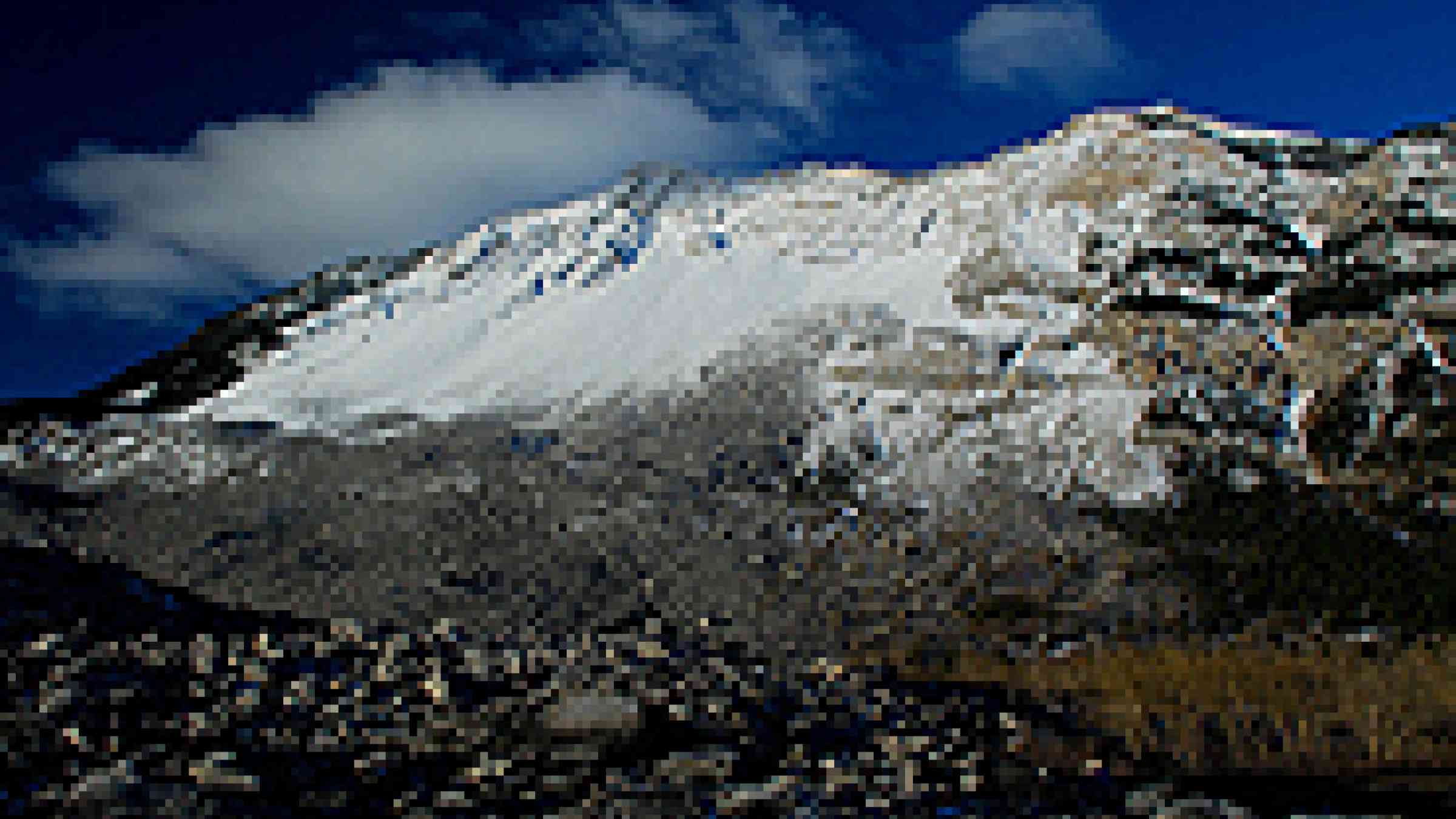Please help us improve PreventionWeb by taking this brief survey. Your input will allow us to better serve the needs of the DRR community.
New research suggests climate change increases hazard risk in alpine regions

Photo by Flickr user, Gord McKenna, Creative Commons Attribution-Noncommercial-No Derivative Works 2.0 Generic, http://www.flickr.com/photos/gord99/4487353096/
Climate change could cause increasing and unpredictable hazard risks in mountainous regions, according to a new study by the University of Exeter and Austrian researchers.
The study analyses the effects of two extreme weather events – the 2003 heatwave and the 2005 flood – on the Eastern European Alps.
It demonstrates what impact events like these, predicted to become more frequent under a changing climate, could have on alpine regions and what implications these changes might have for local communities.
The mean summer temperatures during the 2003 heat wave in a large area of the European Alps exceeded the 1961-1990 mean by 3-5˚C. This triggered a record Alpine glacier loss that was three times above the 1980-2000 average. Furthermore, melting permafrost caused increased rock-fall activity.
The severe floods that occurred as a result of heavy rainfall in August 2005 were the most damaging for 100 years and led to high volumes of water and sediment being deposited downstream, causing an estimated €555 million worth of damage in Austria to buildings, railways, roads and industrial areas. In Switzerland, this has been estimated to have caused one quarter of all damage by floods, debris flows, landslides and rock falls recorded since 1972.
Temperatures in the European Alps have increased twice as much as the global average temperature since the late nineteenth century and are predicted to rise by an average of 0.3-0.5˚C per decade in the next century.
Global climate models currently fail to account for variations at a very local level. Therefore, the impact of climate change here is largely unknown. In some regions, this may be of greater concern because local environmental features, such as glaciers, pose a hazard. The biggest hazards tend to be concentrated in high altitude areas where there is mountaineering and skiing infrastructure. Worryingly, there is little public or local awareness of the issues. In addition, the impact of climate change is expected to be magnified in any snow or ice covered regions because melting snow drives further melting.
Jasper Knight from the University of Exeter commented ‘While human activity and land management are important factors, we expect that global warming will cause ongoing and accelerating ice loss in the European Alps over the next decades and centuries. This will have a significant impact on hazard type, location and frequency and a potentially negative effect on the region’s economic engine – tourism.’
This was adapted from an article written for Science for Environment Policy published by the European Commission’s DG Environment.
Explore further
Please note: Content is displayed as last posted by a PreventionWeb community member or editor. The views expressed therein are not necessarily those of UNDRR, PreventionWeb, or its sponsors. See our terms of use
Is this page useful?
Yes No Report an issue on this pageThank you. If you have 2 minutes, we would benefit from additional feedback (link opens in a new window).